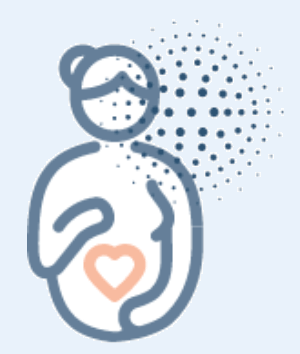Skeletal Dysplasias Precision Panel
Skeletal Dysplasias, also known as osteochondrodysplasias, are a clinically and phenotypically heterogeneous group of more than 450 inherited disorders characterized by abnormalities mainly of cartilage and bone growth although they can also affect muscle, tendons and ligaments, resulting in abnormal shape and size of the skeleton and disproportion of long bones, spine and head.




